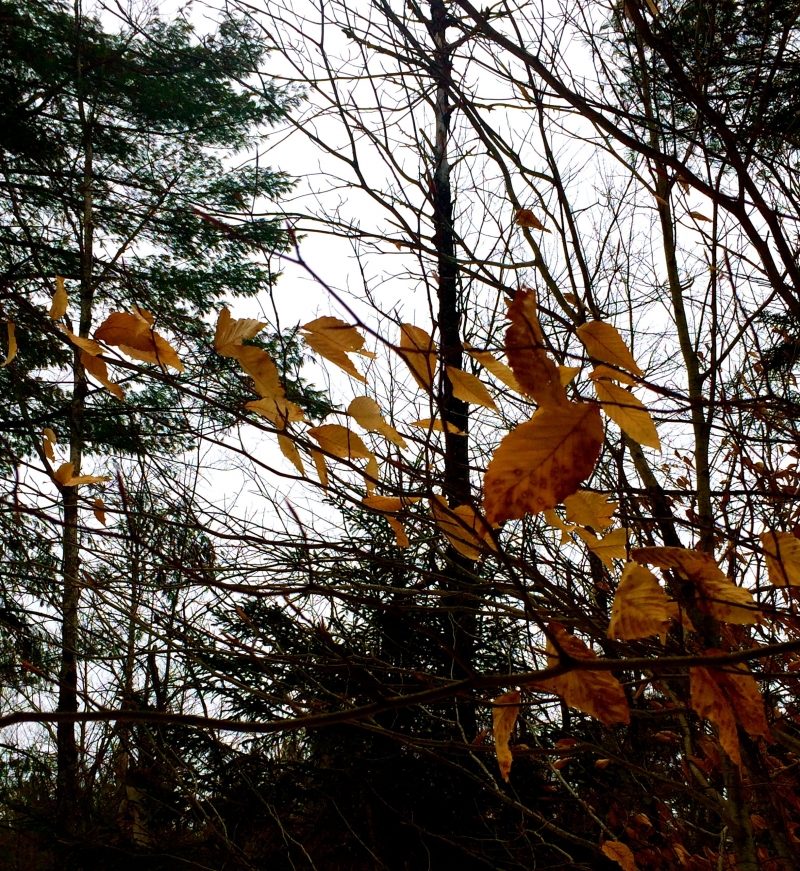
North Country explorer from Convent Station, New York
This is a photo of I took on February 24th, 2014 while hiking at Lampson Falls of a Beech tree.
Habitat Description: This photo was taken while hiking on a trail near Lampson Falls. There was adequate snow coverage on the ground (aprox. 3 feet) and the temperature was around 20 degrees Fahrenheit. I found this tree just off the path of the trail and any other trees did not surround this beech tree.
Natural History: The Beech Tree is part of the Fagus genus of deciduous trees and is native to Europe, Asia, and North America. It is a deciduous tree, meaning that it loses its leaves during the winter. While it is a deciduous tree, it does not lose all of its leaves during the winter. Deciduous trees lose their leaves during the winter in order to use less energy in order to stay alive. Keeping leaves on trees requires trees to use resources (ie water and nutrients) to keep the leaves alive. During the winter months, it is much more difficult to acquire these resources, so deciduous trees loose their leaves so that they can allocate the little resources they acquire during the winter towards keeping the main part of the tree alive. Beech trees are also alternate trees, meaning that their twigs alternate it their extension from the branches.
I found this photo interesting because it captured the unique nature of Beech being a deciduous tree that still retains some of its leaves. The lighting of the photo also emphasizes the orange color of the leaves against a very dark background. The title is a reference to Beech’s unique nature of retaining some of its leaves as they last throughout the winter.

